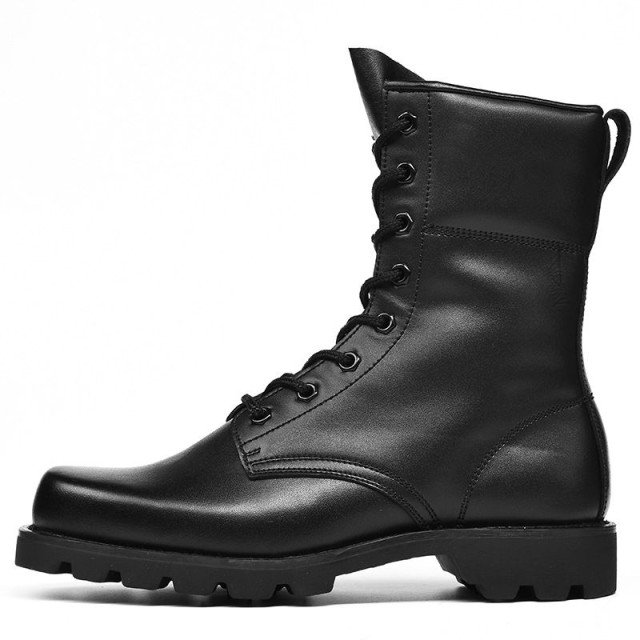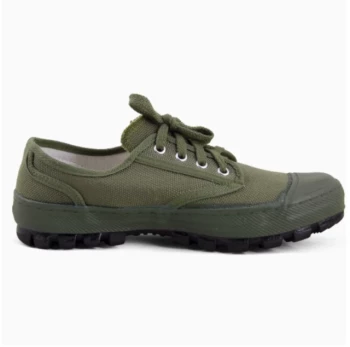Investing in high-quality footwear isn't just about style—it's a financial and environmental decision. While cemented shoes offer initial affordability, Goodyear welted construction delivers unmatched longevity through repeated resoling. This guide examines the science behind durable footwear, real-world examples of decades-long use, and the sustainability benefits of choosing repairable shoes.
The Science of Resoling
How Goodyear Welt Construction Enables Repeated Repairs
Goodyear welted shoes feature a leather or rubber welt stitched to the upper, creating a protective barrier between the sole and the delicate leather body. This design allows cobblers to:
- Replace worn soles without damaging the upper
- Adjust the cork footbed over time for personalized comfort
- Maintain structural integrity through multiple resoling cycles
Research shows this method outperforms cemented alternatives, where glued soles often delaminate after moderate wear, rendering the entire shoe unusable.
Cemented vs. Welted: The Lifespan Divide
Key differences that impact durability:
| Feature | Goodyear Welted | Cemented |
|---|---|---|
| Repair Potential | 5+ resoles possible | Rarely repairable |
| Average Lifespan | 10+ years with care | 2-3 years typical |
| Cost Over Time | Higher initial, lower long-term | Lower initial, higher replacement costs |
A 2023 cobbler survey revealed welted shoes account for over 80% of high-end footwear repairs, while cemented shoes are usually discarded after sole failure.
Preserving Your Investment
Case Studies: Shoes That Last Decades
- Military & Work Boots: Government studies note welted combat boots regularly exceed 8 years of service with biannual resoling
- Heritage Dress Shoes: Brands like 3515 document customers wearing the same welted oxfords for 15+ years through 4-6 sole replacements
- Outdoor Enthusiasts: Hikers report welted boots maintain waterproofing through 3,000+ miles when resoled promptly
Proper Care Routines to Maximize Upper Leather Longevity
Extend your shoes' lifespan with these practices:
- Rotate Pairs: Allow 24-48 hours between wears for moisture dissipation
- Condition Monthly: Use pH-balanced creams to prevent leather cracking
- Use Shoe Trees: Cedar trees absorb moisture and maintain shape
- Protect Soles: Add rubber toe taps during first resole to prevent premature wear
Sustainability and Cost Efficiency
Reducing Waste Through Resoling
The footwear industry generates over 20 billion pairs of waste annually. Welted construction counters this by:
- Eliminating 3-4 shoe replacements per decade
- Using biodegradable materials (leather, cork, cotton thread)
- Supporting local cobblers instead of mass production
Cost-Per-Wear: A 10-Year Financial Breakdown
Scenario: $400 welted dress shoes vs. $150 cemented alternatives
| Year | Welted (Resole Costs) | Cemented (Replacements) |
|---|---|---|
| 1 | $0 | $0 |
| 3 | $120 (1st resole) | $150 (1st replacement) |
| 6 | $120 (2nd resole) | $150 (2nd replacement) |
| 9 | $120 (3rd resole) | $150 (3rd replacement) |
| Total | $760 | $600 |
Key Insight: After 10 years, welted shoes cost ~25% more upfront but deliver:
- Superior comfort from broken-in uppers
- Consistent fit versus replacement sizing variations
- 60-70% lower carbon footprint
Ready to Build a Sustainable Footwear Line?
3515 partners with distributors and brands to create durable Goodyear welted shoes that customers keep for years. Our manufacturing expertise ensures your products deliver the repairable quality modern consumers demand—combining long-term value with environmental responsibility.
What step will you take toward sustainable footwear solutions today?
Related Products
- Factory-Direct Wholesale Canvas Boots with High-Traction Rubber Soles
- Puncture-Resistant Velcro Safety Boots for Wholesale & Custom Manufacturing
- Safety Footwear Wholesale Manufacturer for Custom OEM/ODM Production
- Wholesale Anti-Smash & Puncture-Proof Safety Shoes Custom Manufacturing for Brands
- Wholesale Safety Footwear Manufacturer for Bulk & Custom OEM Orders
Related Articles
- How Vulcanized Soles Balance Style and Performance for Skateboarders
- How to Choose Work Boot Uppers That Match Your Job's Demands
- Why Vulcanized Soles Outlast: The Science Behind Durable Footwear
- How Premium Safety Footwear Lowers Costs and Boosts Productivity
- Why Vulcanized Soles Dominate Technical Skateboarding: A Science and Performance Breakdown


















